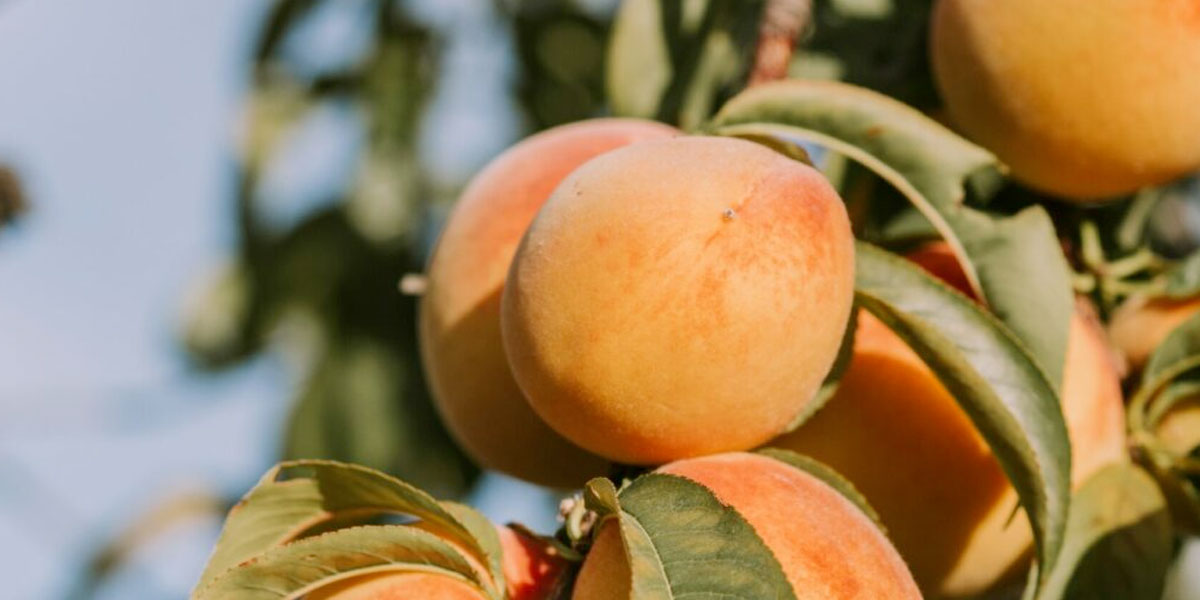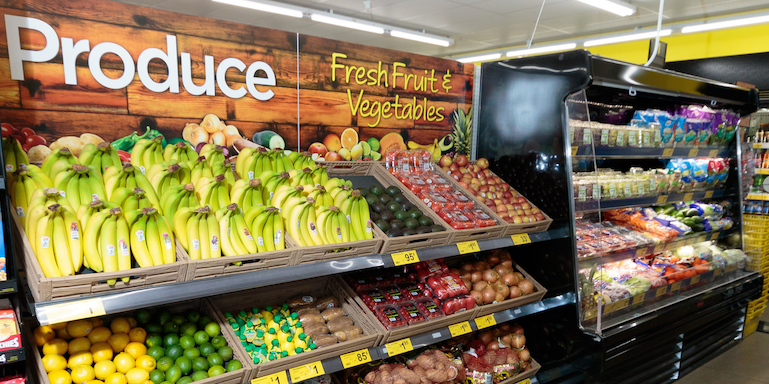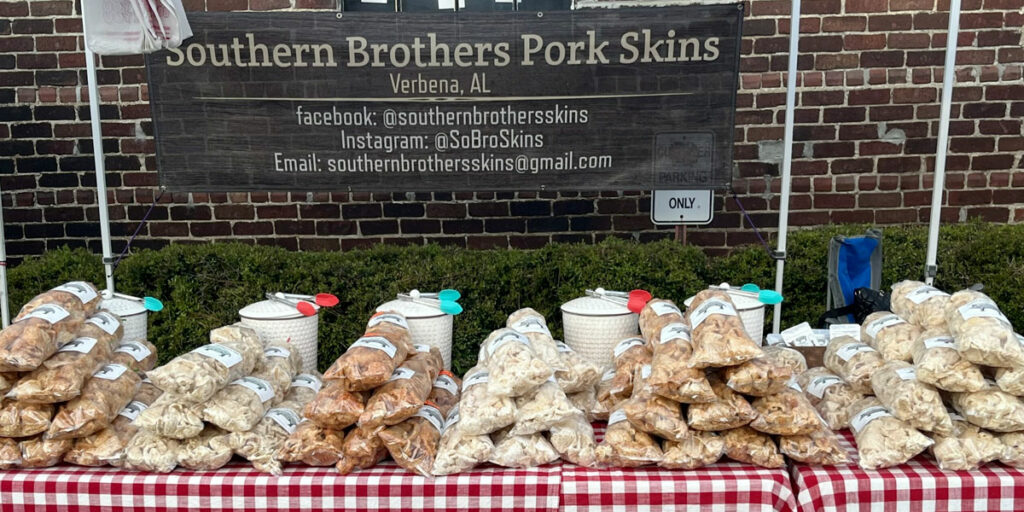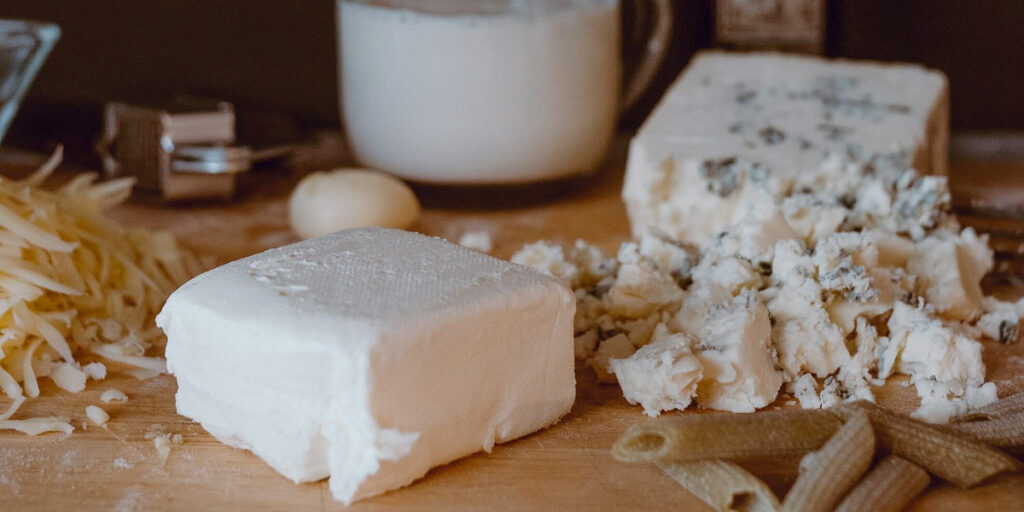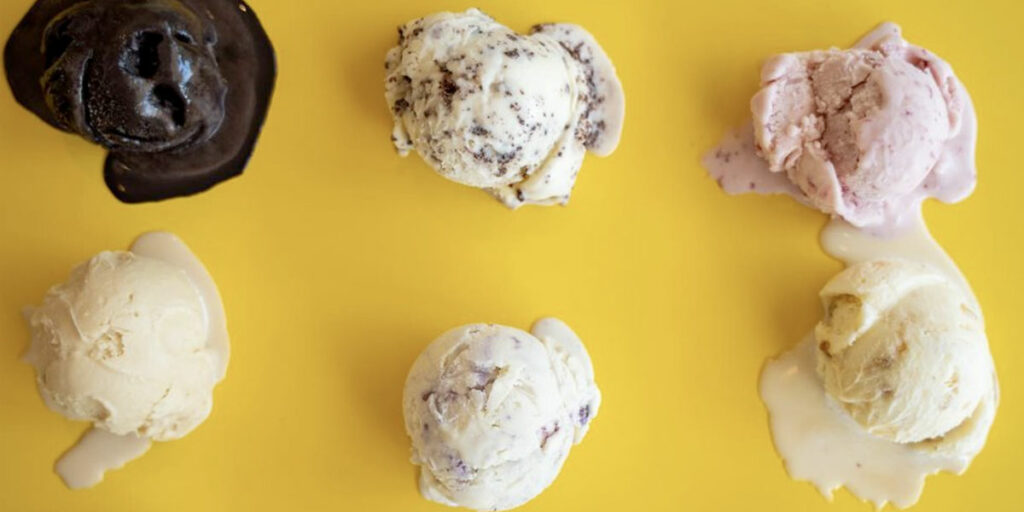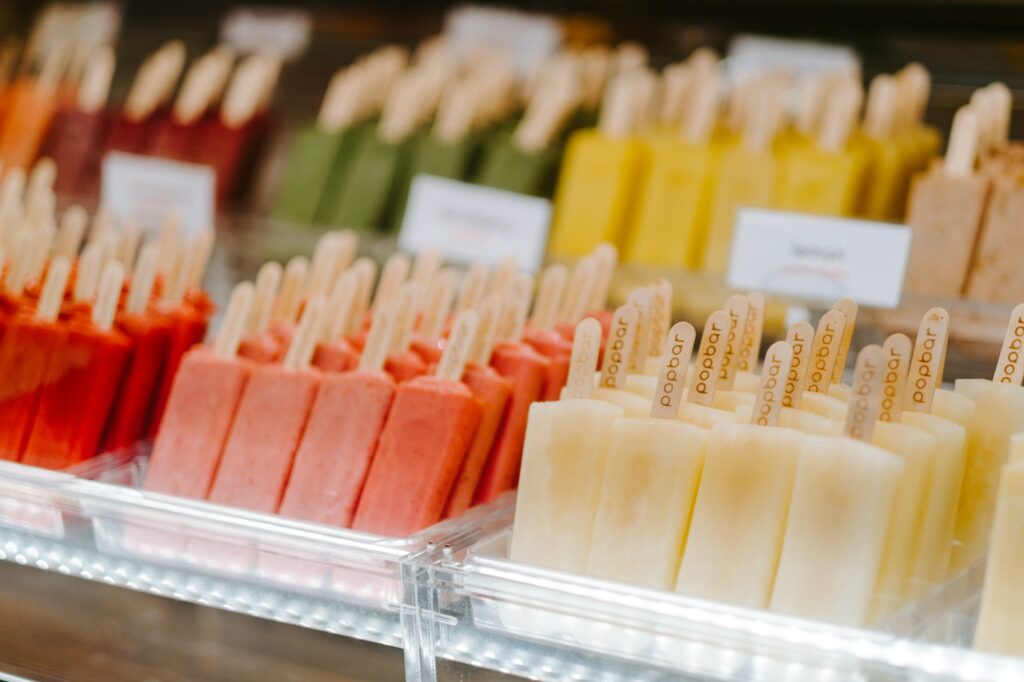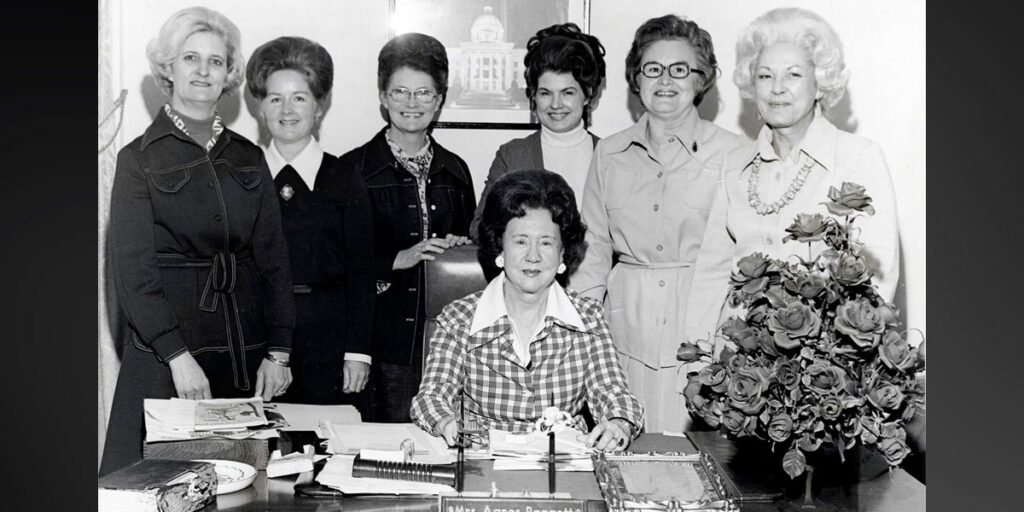Baskets of peaches now appearing at local farm markets and stands herald the arrival of Alabama’s favorite fruit. Between now and late August, state growers will harvest more than 80 varieties, cultivated to produce at different times. But this year’s crop is expected to be considerably lower than normal, and local peaches may be in especially short supply going into the summer. Blame the weather.
Peach trees produce most abundantly when they winter in temperatures below 45 degrees for a certain number of hours (850-980), the state extension service says. Chilton County, where more than three-fourths of the state’s crop is grown, got less than 775. That signals a reduced harvest from all varieties. Early-fruiting varieties suffered a double whammy from the weather. When those trees start to flower, a sudden freeze can kill the blooms and the fruit that should follow. The hard freeze in mid-March hit those varieties hard.
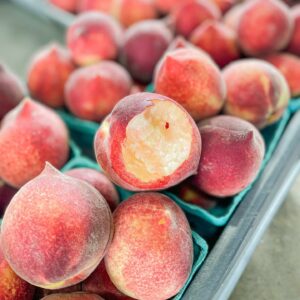
Burnette Farms in Chilton County told WBRC news that it lost 85 percent of its early crop. Its harvest won’t normalize until June. Growers in Georgia and South Carolina report similar devastation from the March weather. But don’t panic.
You’ll still find Chilton County peaches at growers’ markets like Durbin Farms and Burnette Farms off Interstate 65, as well as independent farm stands. Peach Park will still have its famous peach ice cream. Just be sure to arrive early at your local farmers market; your favorite stand may run out before closing time.
Plus, even though annual production is expected to be below average, quantities should increase over the summer because later-fruiting varieties are relatively unaffected by the March weather. When the weather cooperates, Alabama growers pick about 15 million pounds of peaches. Last year, when another late freeze hit the state, overall production was down some 30 percent.
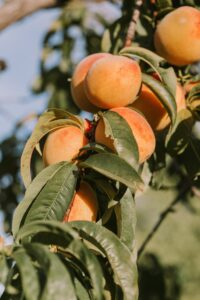
Growers are now harvesting Clingstone varieties, which can be challenging to cleanly cut loose from the pit (but no less delicious, and perfect for cooking or canning). The easy-to-cut Freestones take over around mid-June. Alabama is part of a “peach belt” that also loops through Georgia and South Carolina, below a fault line that marks the ancient coastline. The sandy soil grows the best peaches.
Commercial production in the Yellowhammer State is a fraction of the other two peach belt states, which rank second (South Carolina) and third (Georgia) nationally, behind California. But when it comes to flavor—and that’s where it counts—Alabamians will put up our juicy, sweet, and slightly tart “Chiltons” against peaches from any other state.
They are incredibly versatile, whether eaten alone, churned into ice cream, simmered with barbecue sauce, cooked into preserves, or baked as cobblers, cakes, and hand pies. White-fleshed peaches, like the Snow Angel variety that is available now, are the classic pairing with Prosecco sparkling wine for bellinis.
You’ll want to get the most out of your precious peaches. Here are some tips:
- Peaches are picked before they ripen, and chilled until they reach market. They will need up to three days on the counter to soften just right.
- You can then refrigerate the softened peaches and they will last about a week. Otherwise, use them in three or four days.
- Sliced and peeled peaches freeze well for later use in cooking or baking. They are good for about a year.
Here’s hoping your summer turns out perfectly peachy.
(Courtesy of SoulGrown, a subsidiary of Yellowhammer Multimedia)




